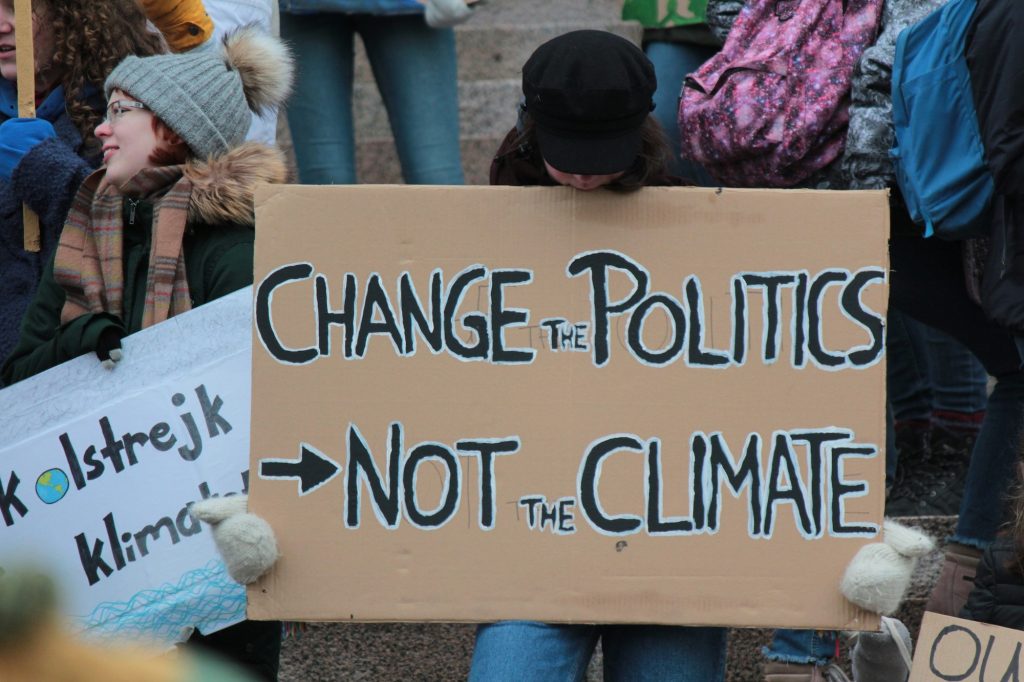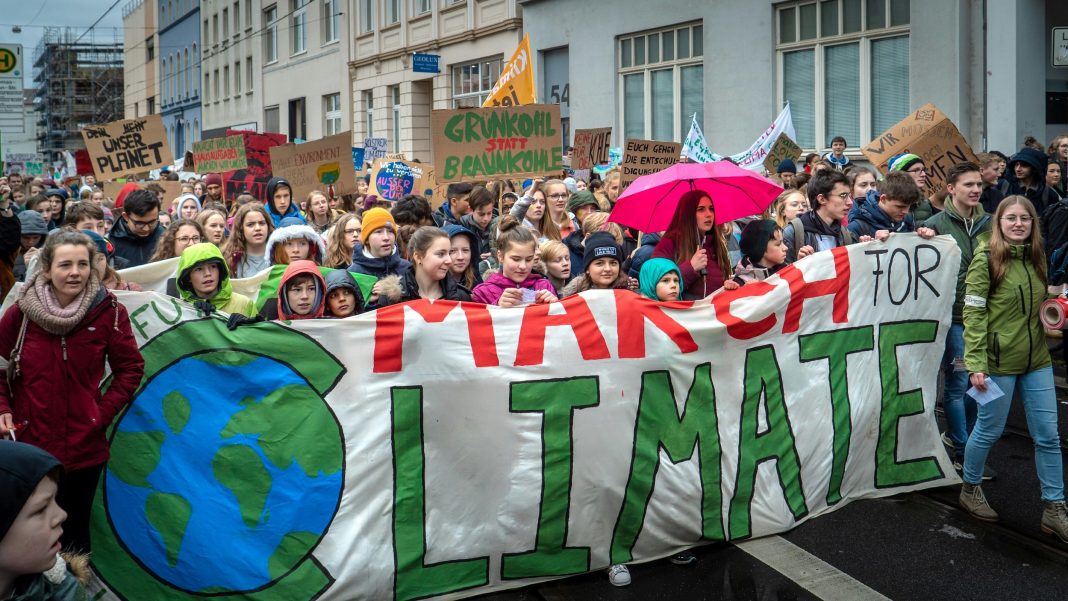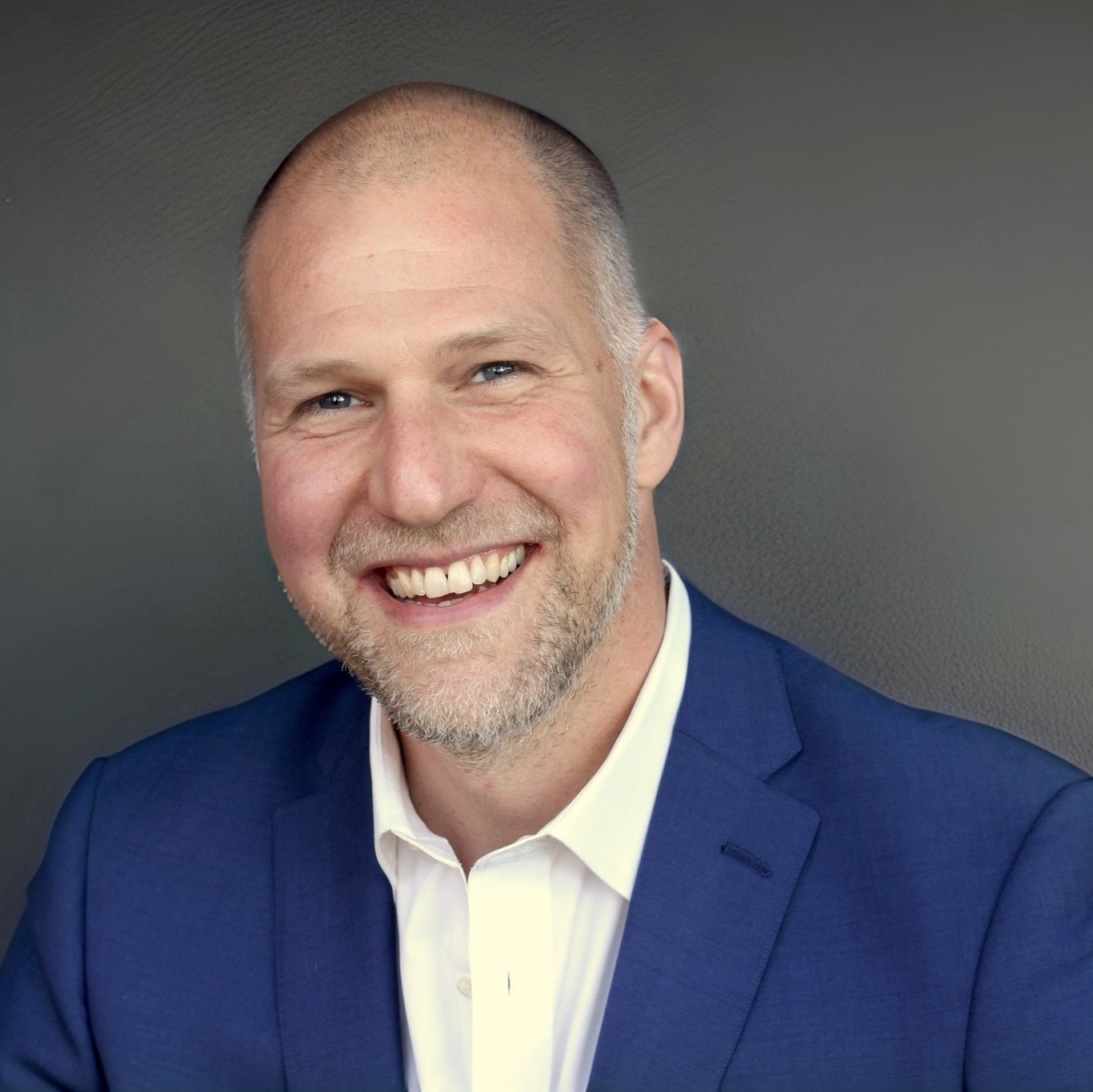This article was written for CityChangers.org by Dr. Michael Shank, adjunct faculty at New York University and George Mason University. In it, he argues that cities stuck in the business-as-usual rut can hand the reins to a politically- and eco-minded youth – a generation thirsty for a chance at making decisions that can open up a more positive social and environmental future, and who possess the energy and creativity needed to put them in place.
For the environmental community, the largely youth-led anti-war protests happening across American college campuses and cities should inspire new thinking about how to organise climate activism across every sector of society.
The protests – targeting everything from primary ballot boxes and big businesses to policymakers’ hearings and university investments – have been constant, creative, courageous, and uncowed. And yes, climate activism has shared these characteristics – the global school strike for climate is an inspiring example – but the anti-war activism we’re witnessing now feels next level.
There’s another lesson here for the climate community. It has to do with the message emanating loudly from the younger generations who are activating in new ways. They’re increasingly demanding a seat at the table and a voice in how decisions are being made, and they will continue to leverage their political, financial, and physical presence and power until things change.
Hearing the Voice of Youth
To be clear, this movement will not magically go away. This is a new era of awareness and activism. And it should be welcomed, especially by the climate community. But it also means that local governments will need to adjust. There’s plenty happening on this front to integrate youth into climate-related decision-making and in meaningful, not tokenised, ways. It has to be authentic and substantive. Anything less is called out.
Take the United Nations Development Program, for example, which just released a six-step guide “to ensure young people can participate in climate policy on equal terms”. It covers everything from demonstrating political commitment and building the capacity of young people to engage, to creating an inclusive design process for national climate commitments. That last point is not insignificant: codesigning nationally determined contributions to climate goal setting, if implemented, signals to youth a seriousness to power-sharing.
Further up the UN chain of command, Secretary General Antonio Guterres elevated the voice of the young recently. He created an Envoy on Youth to ensure that younger generations were not only at the table, but also running a range of sustainability-focused programming. The office is now generating climate leadership opportunities for youth all around the world, including at UN headquarters.
International institutions everywhere are recognising the need and opportunity here. Last year, Local Governments for Sustainability, known as ICLEI, launched a Youth Climate Council Startup Toolkit. It serves as a guide for local governments to make “space for youth voices and representation within city climate change conversations and action”. The climate nonprofit C40 also has a Youth Engagement Playbook for Cities to act as a “guide to tackling the climate crisis through collaboration with youth”.
How Cities Are Embracing the Tide
Local governments are launching new initiatives in this space, too.
Seattle hosts a Youth Transportation Summit to centre youth voices in climate responsive transportation investments. The City of Vancouver partners with the local University of British Columbia to host a Sustainability Scholars programme. And San Francisco just partnered with its school district to launch a Climate Action Fellowship to “empower youth to take climate action and build hope around climate change”.
Los Angeles County has a Youth Climate Commission to advise the Board of Supervisors and County departments on climate-related goals, plans, actions, policies, and initiatives. Hawaii, meanwhile, organises a Youth Congress to bring together young people to collaboratively steer the course toward a more sustainable future. In fact, many cities, counties, and states in the US are developing similar initiatives.
All of this is good. And yet younger generations will likely and understandably demand more since youth engagement by local authorities and governments can still read as peripheral to key decision-making processes and thus performative.
That’s especially true when younger generations are already less trusting of key institutions than previous generations.

Fund Meaningful Youth Participation
Despite half of the world’s population being under 30, they still often have little say over decisions defining their future – especially on climate change, the very issue that 80 percent of them worry about. That needs to change.
Young people must be involved in co-creating and designing climate action and policy, leading climate offices, and running climate programmes.
That’s exactly what Bloomberg Philanthropies hopes to spur with its micro-grants: to “fund a groundswell of youth-led climate initiatives”. In their words, that could include co-governed youth climate action plans, youth-driven climate mitigation and adaptation work, and youth-led research and development initiatives. The grants are important seed investments, and for this power-sharing to really materialise more funding from philanthropy will clearly be needed.
Enable the Energy of Youth
The times are changing, folks, and younger generations are rightly demanding more. If the protests across campuses and cities illustrate anything, it’s the overwhelming discontent and dis-ease among youth under 30.
That’s an opportunity to harness energy, versus disregarding or dismissing it. This much-needed new energy and initiative could fuel new government action on climate. We need it. With 2023 clocking the highest emissions and the hottest year on record, business as usual clearly isn’t cutting it.
It’s time to pass the baton to half the world’s population who sees what’s coming down the pike and is increasingly anxious about it. That means turning over the reins to youth-led climate planning, mitigation and adaptation, and research and development. Just as we should – they know what’s up!
In doing so, we get three co-benefits (in addition to their smarts):
- First, we get more energy. The younger generation is ready for the long game and ready to sacrifice and get outside their comfort zone. Let’s harness that commitment and perseverance.
- Second, we get more buy-in. Moving a previously disaffected and disengaged group into the decision-making room is essential for trust- and-will-building. It’s their future and, understandably, they want a say in it.
- And third, we get more creative brain power. The climate movement could use a good jolt of creative juices and energy. It can get stale fast. We could do with the TikTok generation, and the artistic skills that come with it, leading the movement.
The anti-war protests across campuses and cities are sending a clear message. It’s time we listened and elevated the youth voice in every aspect of local governance, especially climate governance. The planet will thank us.


